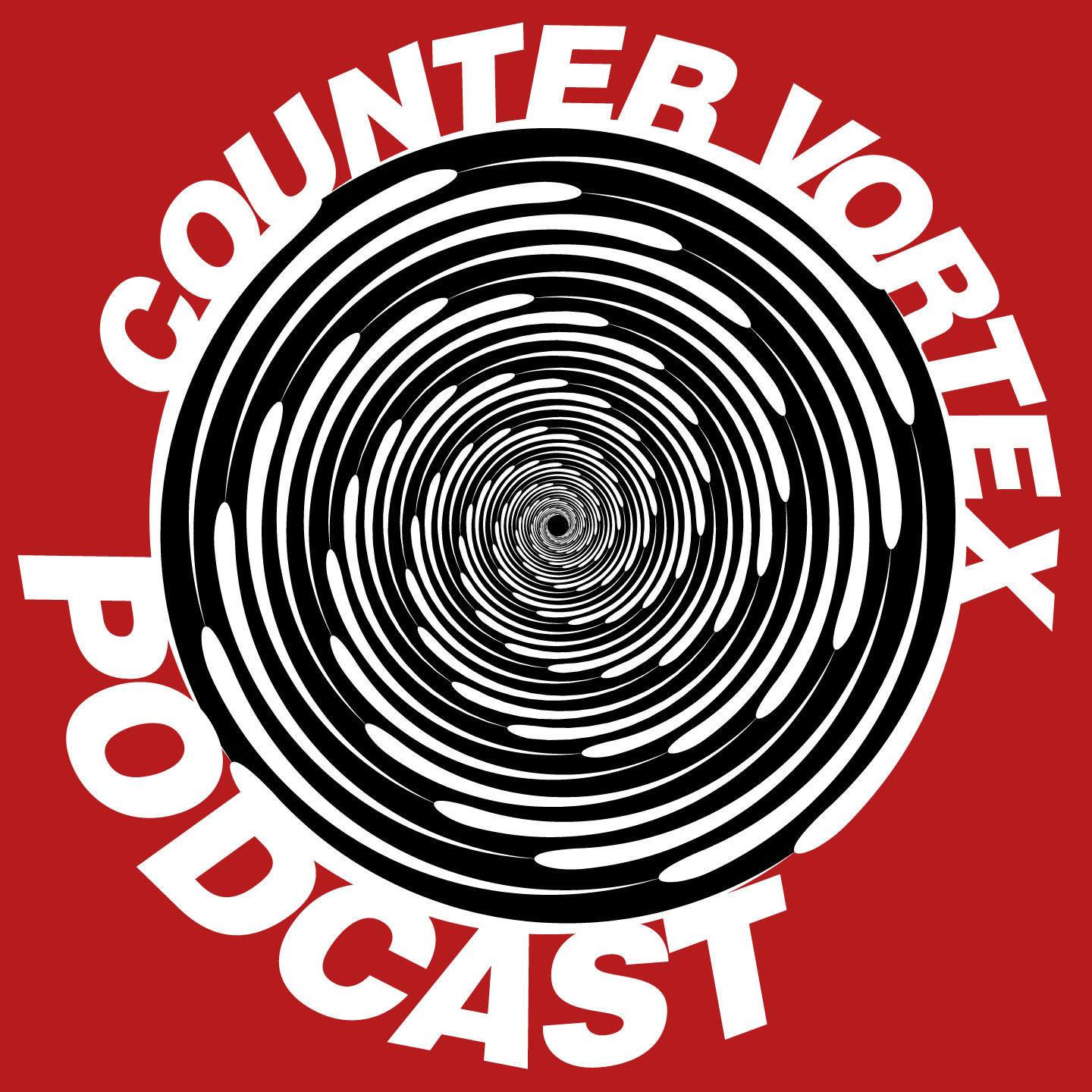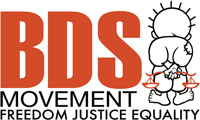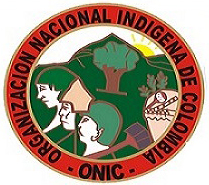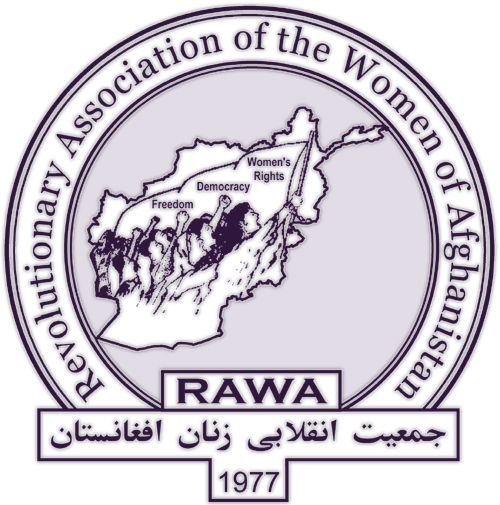narco wars
Bolivia: first woman serves as military commander
For the first time in Bolivia's history, a woman assumed the post of chief of the Armed Forces High Command as Gen. Gina Reque Terán was sworn in Dec. 30. In her inaugural speech she vowed: "We will work ardently in the struggle against the narco-traffic and contraband, for the protection of natural resources... We will be forever alert to respond to any natural disaster... We will be prepared for any contingency." President Evo Morales in his own comments noted the military's role in the 2006 nationalization of Bolivia's hydrocarbons, which allowed the country to "liberate" itself economically. He also thanked the armed forces for their support in confronting the secessionist movement in Bolivia's east.
Pakistan: anti-narco ops militarize tribal areas
Pakistan's Anti-Narcotic Force (ANF) on Nov. 20 announced the latest in a string of mega-scale hashish busts in recent months. A 4.2-ton haul was reported from a "desolate site" near the mountain village of Tehsil Gulistan, in Qilla Abdullah district of Balochistan province. Authorities said the mega-stash had been deposited along with a smaller quantity of heroin in a hidden spot behind bushes for traffickers to collect for export. (Pakistan Today)
Colombia: FARC accused in forced abortions
Colombia is seeking the extradition of an alleged former FARC medic who was arrested in Spain on Dec. 11 and is accused of having carried out hundreds of forced abortions on female guerilla fighters. The man, Héctor Albeidis Arboleda, has been working as a nurse in Madrid for the past three years, and is a graduate of Cuba's Inter-American University of Health. He is wanted by Colombia authorities for carrying out forced abortions on FARC fighters in Chocó and Antioquia regions. Colombia's Fiscal General Eduardo Montealegre, in announcing the extradition request, said, "We have evidence to prove that forced abortion was a policy of the FARC...based on forcing a female fighter to abort so as not to lose her as an instrument of war." A Fiscalía spokesperson told news-magazine Semana, "Several women died in these abortion practices, others were injured. Others referred to this as torture."
US to seek extradition of Colombian cocaleros?
After 50 years of internal war, Colombia finally seems to be approaching a peace accord with leftist guerillas. But the US Senate is considering legislation that could throw a big obstacle on Colombia's path to peace. The Transnational Drug Trafficking Act, sponsored by Chuck Grassley (R-IA) and Dianne Feinstein (D-CA), aims to target every link in the chain of narco-trafficking—right down the impoverished peasants who grow the coca. The bill has unanimously passed the Senate twice before, but never cleared the House. On Oct. 7, it passed the Senate a third time, and a big push is on to make it law. "Since drug cartels are continually evolving, this legislation ensures that our criminal laws keep pace," said Grassley, who chairs the Senate Judiciary Committee and Caucus on International Narcotics Control.
DEA busts nephews of Venezuela's 'First Combatant'
Two nephews of the wife of Venezuela's President Nicolás Maduro were arrested in Haiti, turned over to DEA agents and flown to the United States to face drug trafficking charges, the New York Times reported Nov. 11. The two men, Efraín Antonio Campo Flores and Francisco Flores de Freitas, are nephews of Cilia Flores—called by the populist Maduro the "First Combatant" rather than first lady. Flores is a powerful political figure in her own right, and is currently running for Venezuela's congress with the ruling party. The nephews were expected to appear in Federal District Court in Manhattan. They were charged in a sealed indictment accusing them of conspiring to ship 800 kilograms of cocaine to the United States, to be sold in New York City, according to a "person with knowledge of the matter."
Colombia: March 2016 deadline for peace?
Colombia's President Juan Manuel Santos in early November announced a March 23, 2016 deadline for a peace accord with the FARC rebels, and broached a bilerateral ceasefire that he said could take effect next month and should be monitored by the United Nations. The FARC is currently maintaining a unilateral ceasefire while the military has drastically reduced its offensives against the guerillas. But FARC leader Rodrigo Londoño Echeverri AKA "Timochenko" expressed skepticism about the deadline, instead calling in his Twitter account on Santos to concentrate on an actual end to hostilities. The exchange came as the peace talks, being held in Havana, approached their third anniversary. (Colombia Reports, Nov. 16; El Tiempo, Nov. 13; El Tiempo, Nov. 11; El Tiempo, Nov. 8)
Saudi Arabia executions break 20-year record
Amnesty International (AI) reported Nov. 9 that Saudi Arabia has executed a record 151 people this year, the highest number since 1995. In 2014 the total number of executions carried out was 90, and so far this year the number is up by 68 percent. AI said that almost half of all the executions carried out in 2015 were for offenses that are not considered "most serious crimes" under the international human rights laws. Saudi Arabia also reportedly continues to impose the death sentence on individuals under the age of 18, violating child human rights laws. AI's Middle East deputy director James Lynch said, "Instead of intimidating people with the threat of state sanctioned killing, the Saudi Arabian authorities should halt all impending executions and urgently establish a moratorium on executions as well as overhaul the Kingdom's deeply flawed justice system."
Colombia: official apology for 1985 high court raid
President Juan Manuel Santos apologized Nov. 6 for the Colombian government's actions during a 1985 army raid on the Supreme Court in which nearly 100 people were killed after the building was taken hostage by guerillas. Santos spoke at the rebuilt Palace of Justice during a ceremony to mark the 30th anniversary of the deadly siege, one of the darkest chapters in Colombia's recent history. He was complying with a ruling last year by the Inter-American Court of Human Rights condemning the state for the disappearance of 12 people, most of them cafeteria workers, who were taken alive from the building during the 48-hour standoff. The president apologized by name to each of their families and vowed to spare no effort to locate the remains of those whose whereabouts are still unknown. He also used the occasion to promote a deal to end Colombia's decades-old conflict, echoing the Supreme Court president's plea to armed rebels and government forces 30 years ago: "Stop the gunfire," Santos said. "Stop the gunfire in Colombia forever."















Recent Updates
20 hours 17 min ago
20 hours 27 min ago
1 day 1 hour ago
1 day 1 hour ago
2 days 1 hour ago
2 days 21 hours ago
3 days 18 hours ago
3 days 18 hours ago
3 days 22 hours ago
3 days 22 hours ago